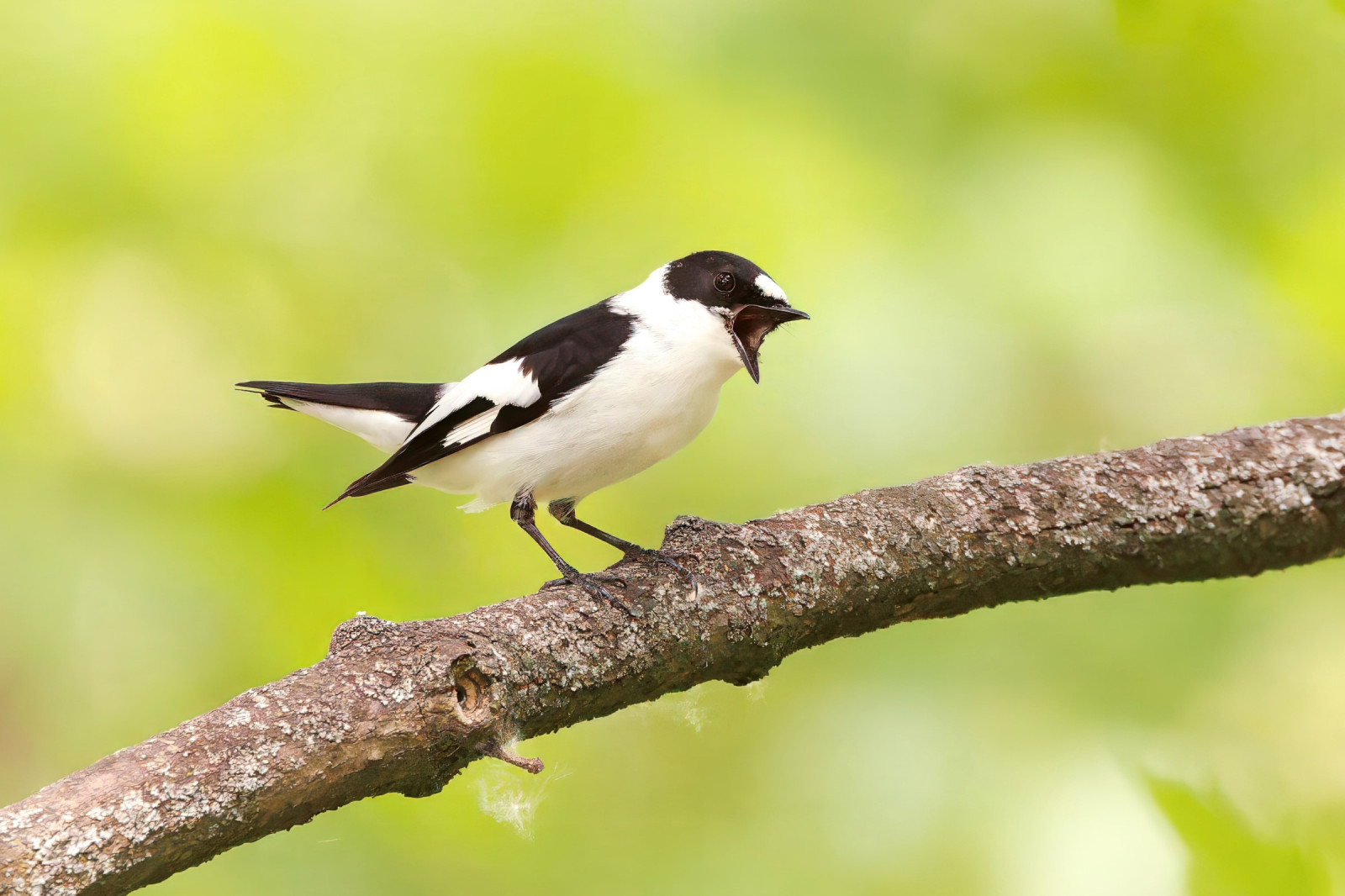Charger images
Les formats d'image autorisés sont de type jpeg, png ou gif
La taille maximale du fichier doit être de 20MB

An excellent place for finding rare eastern vagrants, and loads of passerine birds are the islands of Stockskär and Häradskär.
No less than 244 bird species have been recorded on the islands of Stockskär and Häradskär. In March the migration of Eider à duvet starts. Thousands of of them can bee seen migrating past the island if the weather is okay. At the same time the first Grand Gravelot, Tadorne de Belon, Huîtrier pie and Pipit maritime can be seen in smaller numbers. You can also see smaller amounts of migrating marine ducks and loons, but only in small numbers. At this time the first auks also arrive.
In April the spring birds continue to arrive. The migration of marine ducks continues, and sometimes hundreds of Fuligule milouinan might be seen migrating. Sometimes a couple of Grèbe huppé, Grèbe esclavon and Grèbe jougris can be seen resting or passing. The first terns also arrive in april.
In May large number passerine birds arrive. Hundreds of warblers can bee seen resting on the island on their way north. Some birds who are numerous during this season are Rougequeue à front blanc (as many as 50 have been seen in a day), Fauvette babillarde (as many as 750 have been seen in a day), Fauvette grisette (as many as 50 have been seen in a day), Pouillot fitis (up to 500 have been seen in a day), Fauvette à tête noire (as many as 150 have been seen in a day), Pouillot fitis (as many as 500 have been seen in a day), Pouillot véloce (as many as 40 have been seen in a day), Pouillot siffleur (as many as 75 have been seen in a day). Most passerine birds are seen around the 10th of May. Along with theese birds you can find many rare ones like Gorgebleue à miroir (relativley common) Gobemouche à collier (possible if the conditions are right), Gobemouche nain (seen almost every year) Rougequeue noir (seen every year), Hibou des marais (seen almost every year) Merle à plastron (seen some years), Bec-croisé bifascié (some years) Bruant nain (seen only some years). In May large amounts terns also pass the islands, sometimes in the hundreds.
After May has passed it is not until September that the islands start to become rich in birds. The migration starts with passing Grèbe jougris. A few passerine birds also rest on the island on their way south. Like Locustelle tachetée (rare). It is in the middle of September that the waterfowl starts to migrate south which continues all the way into September. Starting with marine ducks and dabbling ducks. Most common are the Macreuse noire (as many as 4400 have been seen migrating in a day), Macreuse brune (as many as 3400 have been seen migrating in a day), Harle huppé (as many as 770 have been seen migrating in a day), Canard siffleur (as many as 3600 have been seen migrating in a day) who can be seen in the thousands migrating. Later in the season Bernache cravant starts to migrate south often in the thousands.
In October/late September the large amounts of passerine birds return, this time with hundreds of Roitelet huppé (at most 600), Rougegorge familier (at most 300), Troglodyte mignon (at most 400), Grimpereau des bois (at most 120), Sizerin flammé (at most 800), Grive musicienne (at most 500). In autumn ringing is carried out at Häradsskär. Along with these birds it is not rare to find a rare warbler or pipit like Pouillot à grands sourcils (almost every year), Pouillot véloce (the siberan subspecies tristis is regular at the island), Pouillot de Pallas (in total 10 of this vagrant have been seen on the island). The islands are quite attractive to many birds and the place has a quite long list of vagrants. This island also has the only 2 records of Locustelle de Pallas in Sweden. In no other place has this bird been seen, but here its been seen twice.
The boats to Häradskär start from Fyrudden harbour. Getting to Häradskär with a ferry costs from 400 SEK per person (evening trip to Häradskär with Skärgårdskompaniet, see the link below for more info). Taxi boats are more expensive, but you can choose when you want to go.
The ringing of birds is carried out in autumn.
Votre feedback sera transmis à l’auteur.rice de cette zone et à l’équipe éditoriale de Birdingplaces, qui l’utiliseront pour améliorer la qualité des informations. (Vous souhaitez publier un commentaire visible en bas de page ? Fermez cette fenêtre et choisissez l’Option 1 : « Publier un commentaire, un conseil ou une observation ».)
Veuillez fournir des suggestions d'améliorations ou d'ajouts au texte de ce site ornithologique.
Veuillez fournir vos suggestions d'améliorations ou d'ajouts à la carte.
Veuillez fournir des suggestions d'améliorations ou d'ajouts à la liste des oiseaux.
Cliquez sur l'icône de l'oiseau () Insérez les noms d'oiseau dans votre langue. Ils seront automatiquement traduits pour les autres usagers !